|
United States v. Mader (2). (S.J. Stephens writes for himself and C.J. Monahan and J. Deerwester.) Appellant was tried and sentenced by an “enlisted” panel and was originally sentenced to 190 days, TF, RiR, and a BCD. This case involves hazing and assault committed against junior Marines. It is now before us a second time. In 2020, we found the evidence for one of Appellant’s specifications for hazing to be factually insufficient and set it aside and dismissed it with prejudice. But we affirmed a conviction for hazing for Appellant calling a junior Marine a derogatory racial name along with affirming the remaining four specifications of assault consummated by battery for punching the same junior Marine in the stomach and for burning three other junior Marines with a cigarette. We affirmed the burning specifications owing to our belief that the junior Marines could not have legally consented to such an action. United States v. Mader, 79 M.J. 803 (N-M. Ct. Crim. App. 202o) (1). United States v. Mader, 81 M.J. 105 (C.A.A.F. 2021). The issues again before the NMCCA were that the burning specification was insufficient because the Appellant had a reasonable belief that the victim consented, and the use of a derogatory racial slur was insufficient because the victim “did not feel abused, humiliated, oppressed, or demeaned.” The burning incident was preceded with a bit of drinking. (Interesting that this Marine sergeant wasn’t also prosecuted for fraternization with PFCs and L/Cpls under the circumstances.) “The conversation turned to the problems with the PTA exercise and morale in the communications platoon. Appellant brought up that he and others were “burned” with a cigarette when he joined the platoon as a way of bonding. With this, Appellant took his cigarette and burned the chest of both PFC Bravo and LCpl Echo and LCpl Delta’s shoulder. None of the junior Marines manifested any physical or verbal signs of lack of consent. The socializing continued for some time into the evening without incident.” The next day, when Appellant “asked LCpl Echo about his burn, he responded, “I wouldn’t worry about it.” None of the junior Marines reported the incident.” An uninvolved L/Cpl hearing about the incident reported it. At some point, Appellant was put in PTC. He later received Allen credit for six months of PTC. See United States v. Allen, 17 M.J. 126 (C.M.A. 1984). In Mader (1), the NMCCA reassessment affirmed the sentence without change. (S.J. Stephens wrote for himself and Js. Tang and Lawrence.) The NMCCA finds the burning specification insufficient and dismisses it. That leaves the racial slur and a punching specification affirmed.
If I'm reading this correctly, the final approved sentence is a two pay-grade reduction. If so, there's some money coming back, is there not? Cheers, Phil Cave
0 Comments
United States v. Daionte Scott. A military judge convicted the Appellant of two aggravated assaults on a child and sentenced him to 21 months, RiR, a DD, and a reprimand. Appellant’s issue is sentence appropriateness. Appellant contends that his sentence is inappropriately severe in light of the mitigating evidence that he presented regarding his own father’s absence while he was child. Specifically, Appellant argues that his father’s absence left him with “a permanent scar” that caused him to engage in inappropriate behavior when distressed. Additionally, Appellant contends that he did not seek mental health treatment due to the culture in the military of not wanting to appear weak. We are not persuaded by Appellant’s arguments and find that no relief is warranted. United States v. Jasan Williams.
An “enlisted” panel convicted him of digital penetration while the victim was asleep and he was sentenced to 18 months, RiR, and a DD. His assignments of error are related to the findings. (1) Appellant was acquitted when the panel initially announced he was not guilty of the essential intent element for both specifications of the Charge. (2) The military judge erred after the members initially announced findings by providing the members a new findings worksheet with suggested language that would result in a conviction and instructing them to return to the deliberation room and then re-announce findings. (3) The military judge improperly impeached the original findings announced by the members. On issues, one and two, while “finding ambiguity in the original announcement followed by proper instruction to clarify the ambiguity, [they are] render[ed] moot." The court finds no error with the remaining AOE. Interestingly, the military judge used a “new” findings worksheet for the members to clarify their findings and to create a useful record for appellate review. Slip op. at 7. See, United States v. Reyes-Lesmes, Slip op. at 5 n. 4. Bottom line, “the first announcement of findings did not amount to an acquittal [and were ambiguous, and], merely contained an error in the announcement, which was corrected in the second announcement. Christopher Daniel Carrier, The Possibility of Special Verdicts by Court-Martial Panels, 83 Mont. L. Rev. 1 (2022).
"This article posits that a court-martial panel, unlike the jury in a civilian criminal trial, could be required by Congress to return a special verdict rather than a general verdict. The peer jury and the court-martial panel are now superficially very similar in function, but they differ in origin and authority such that legal and historical arguments about the powers of the jury do not necessarily apply to the court-martial panel." Anyone watching the election results last night would've noticed that the victorious Republican nominee for PA governor had a headshot with his uniform on. At first, I thought that perhaps it was a picture grabbed by the news from the internet, and that Mastriano himself had not told outlets to use it. But the photo below is from his campaign website. It is obviously inappropriate for a political candidate to campaign with a photo of himself in a military uniform. The military kitsch seems central to his image--after leaving the stage last night, he saluted the crowd. Some possible resources in answering the question presented.
"4.3.2. Members included in subparagraph 4.3.1. may NOT, in campaign literature (including Web sites, videos, television, and conventional print advertisements): 4.3.2.1. Use or allow the use of photographs, drawings, and other similar media formats of themselves in uniform as the primary graphic representation in any campaign media, such as a billboard, brochure, flyer, Web site, or television commercial. For the purposes of this policy, “photographs” include video images, drawings, and all other similar formats of representational media. " DODD 1344.10.
From time to time, the editors may open a post to comments. Comments will only be approved if they substantially contribute to the discussion of the issue in the post--meaning there is a presumption against approval. Anonymous comments will never be approved.
Wedded to Contradiction: Something Old, New, Borrowed and Blue at the Military Commissions5/16/2022
Editor's note: This is a post produced by one of NIMJ's recent observers of the military commissions at Guantanamo. At the end of an illuminating and distressing week of hearings in the Al-Nashiri case, the paradoxes at Guantanamo Bay continue to unfold. Currently, a Commission is hearing arguments rooted in a bid to suppress evidence allegedly tainted by coercion and prompt the prosecution to take the death penalty off the table.
Clean shaven and in Western dress, last Monday, Al-Rahim Hussein Al-Nashiri made a brief appearance in what has been labeled the most modern courtroom in the world. After the alleged “mastermind” of the terrorist attack on the U.S.S. Cole had left the room, his lawyers proceeded to ask a witness whether he could confirm that Al-Nashiri was the “dumbest terrorist” a high-ranking CIA official had ever met. While the witness, Dr. James Mitchell, could not oblige in this respect, he did have significantly more remarkable testimony to offer. Recalling Langley’s first attempts to persuade him to contribute to the development of enhanced interrogation techniques, Dr. Mitchell described how he eventually overcame his reticence and mustered the “guts” to do what he considered needed to be done to prevent thousands more Americans from being murdered in terrorist attacks. Behind layers and layers of technological and physical security measures, the courtroom stared at a screen, watching as counsel for the accused, Anthony Natale, and Dr. Mitchell, at a remote, undisclosed, location, proceeded down the rabbit hole of two decades of War on Terror. Originally, the techniques had been developed to teach Air Force recruits how to withstand interrogation at the hands of the enemy. It was important to apply them properly—there were precisely defined limits for periods of sleep deprivation, decibel levels on loudspeakers had to be carefully monitored and a correct slap demanded a spreading of the fingers as well as exact targeting of the cheek. The properties of the “walling wall” and dimensions of both the “big box” and the “small box” that Dr. Mitchell and his fellow psychologist, Dr. Bruce Jessen, built, were regulated as carefully as the brightness of the lamps that Al-Nashiri eventually learned to avoid by voluntarily crawling into the small box. The same was true for the frequent short, occasional 20-second and rare 40-second “pours” that Dr. Mitchell controlled. Once, as he was “expelling water from his sinuses”, the scrawny subject almost slipped out of the gurney to which he was strapped. This was the last time that Al-Nashiri was waterboarded. Dr. Mitchell was adamant about interrogating by the book. For this reason, he became furious when “NX2” appeared at one of the ten black and other interrogation sites that Al-Nashiri had been transported to and started applying unsanctioned techniques from Korea, Viet Nam and South America, when the accused refused to address him as “Sir”. A belt to strap Al-Nashiri’s wrists behind his back as he was suspended from the ceiling, a broomstick secured in the back of his knees as he was shackled and bent over backwards, a stiff-bristled brush to rigorously scrub both ends of the digestive system, a garden hose to “force feed” from the back end and finally a loaded pistol and a power drill for a mock execution—these were tools and methods that Dr. Mitchell did not approve of. After shouting matches with NX2 and his own involuntary confinement, Dr. Mitchell protested in Langley and succeeded in bringing the “hard times” to an end. Still, years later, when Dr. Mitchell was called to sit in while Al-Nashiri was being questioned by the FBI rather than interrogated by the CIA, he did offer the occasional reminder that it would be better to avoid a return to the “hard times”. In these later years, Dr. Mitchell would bring Al-Nashiri new novels to read and ensure that he could share meals with the other detainees. Once, when Al-Nashiri requested that Dr. Mitchell bring him a Big Mac from the Guantanamo Bay McDonalds and was reminded that the dish he requested likely did not meet Halal standards, Nashiri replied “I don’t want you to tell me if the Big Mac is Halal, I want you to bring it.” In a very odd way, it seemed that Dr. Mitchel had evolved from a tormentor, to a protector and finally a friend of an Americanized Al-Nashiri. Strange as it may seem, this type of perplexing contrast is not unusual at the Guantanamo Bay Naval Station. In some respects, it is an idyllic place, with many features of a suburban American town or a holiday resort, inhabited by warm and hospitable people that look forward to the Mongolian barbecue on Wednesday nights and snorkeling in the Bay at the end of their shift. At times, one does forget about the tortured detainees, several of them likely America’s greatest enemies, being held at an undisclosed location on the island. Certainly, much time has passed since the first of them were brought to the island shortly after the towers came down. The cages at Camp X-Ray are now completely overgrown and the orange jump suits associated with a very different set of prisoners. Still, for all the efforts to ensure that various structures on the island, most notably the “Expeditionary Legal Complex”, are of a temporary character, there is a palpable element of permanence to the site. One suspects that even when this most technologically sophisticated courtroom in the world has been razed, it will not be possible to unring the deafening bell of hypocrisy that was sounded here. In Horne, the AFCCA writes that the Appellant was found guilty by an "enlisted" panel of sexual assault by causing bodily harm. He was sentenced to RiR2E4 and a DD. He raised five issues. (1) TC and SVC created an appearance of unlawful influence by interfering with the attempt by the Air Force Office of Special Investigations (AFOSI) to interview JC’s spouse. There was extensive litigation on the issue. The MJ determined the defense failed to meet the initial requirement of showing "some evidence of unlawful influence." However, the MJ went on to suggest that were there enough and had the Government failed to disprove unlawful influence, "“the present status of this case and its current participants” together with all the facts and circumstances of the entire proceedings “prove beyond a reasonable doubt: (1) that there is no intolerable strain upon the public’s perception of the military justice system; and (2) that an objective, disinterested and fully-informed observer would not harbor a significant doubt about the fairness of the proceeding.”" The AFCCA ultimately finds against Appellant. The court makes many interesting comments, including [A]lthough perhaps improperly carried out, as indicated above the apparent motives behind the actions of Capt JP and Capt AS were not illegitimate. The military judge found as fact that “[n]o effort or failure to act by any participant, including [Capt AS] and [Capt JP], was driven by a motive to gain some unfair advantage or harass the accused,” and this finding was not clearly erroneous. (2) Conviction on a theory of sexual assault that was not charged violated his right to due process. This appears to be a recurring issue. Appellant argues that his Fifth Amendment due process rights were violated because he was convicted on a theory of sexual assault that was not charged. In his view, he was convicted of sexual assault because the court members found that JC was incapable of consenting due to intoxication instead of the charged bodily harm theory. Appellant argues the Government should have charged the two theories in the alternative but by selecting only a bodily harm theory “it allowed the members to arbitrarily impart their subjective sense of how impaired they believed [JC] was at the time of the alleged offense.” (3) The MJ abused his discretion by allowing irrelevant evidence of JC’s level of intoxication. This is related to the charging decision above.
(4) Legal and factual insufficiency. (5) The MJ erred by precluding cross-examination of JC under Mil. R. Evid. 412 regarding other sexual behavior with Appellant. The court: "We assume without deciding that the military judge’s ruling limiting the cross-examination of JC was influenced by an erroneous view of the law and was an abuse of discretion. However, we find the assumed error was harmless beyond a reasonable doubt so relief is not warranted." In addition, there were 16 Grosty's. NIMJ Issues Policy Statement on the Disqualification of Certain Reservists from Serving as Judges5/13/2022
|
Disclaimer: Posts are the authors' personal opinions and do not reflect the position of any organization or government agency.
Co-editors:
Phil Cave Brenner Fissell Links
SCOTUS CAAF -Daily Journal -2024 Ops ACCA AFCCA CGCCA NMCCA JRAP JRTP UCMJ Amendments to UCMJ Since 1950 (2024 ed.) Amendments to RCM Since 1984 (2024 ed.) Amendments to MRE Since 1984 (2024 ed.) MCM 2024 MCM 2023 MCM 2019 MCM 2016 MCM 2012 MCM 1995 UMCJ History Global Reform Army Lawyer JAG Reporter Army Crim. L. Deskbook J. App. Prac. & Pro. CAAFlog 1.0 CAAFlog 2.0 Archives
July 2024
Categories
All
|
||||||
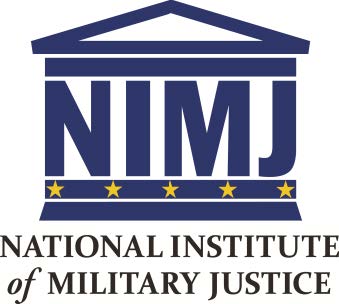
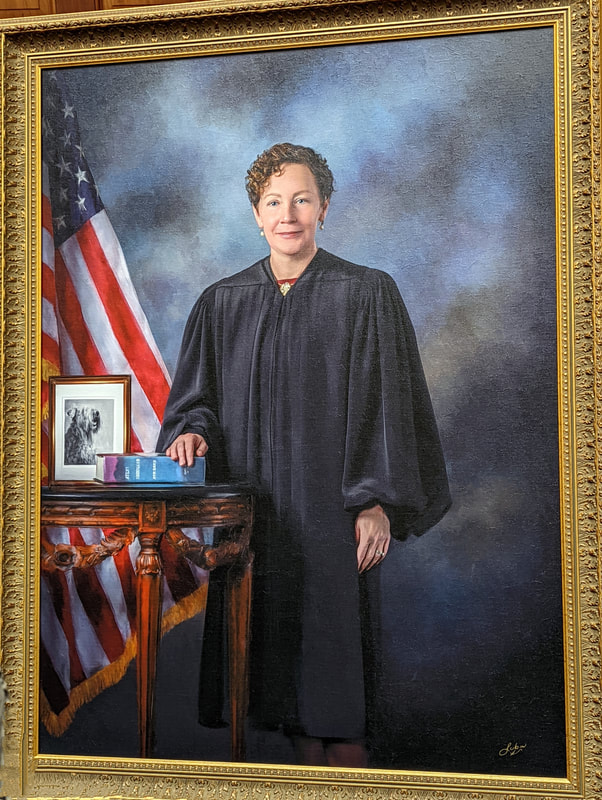
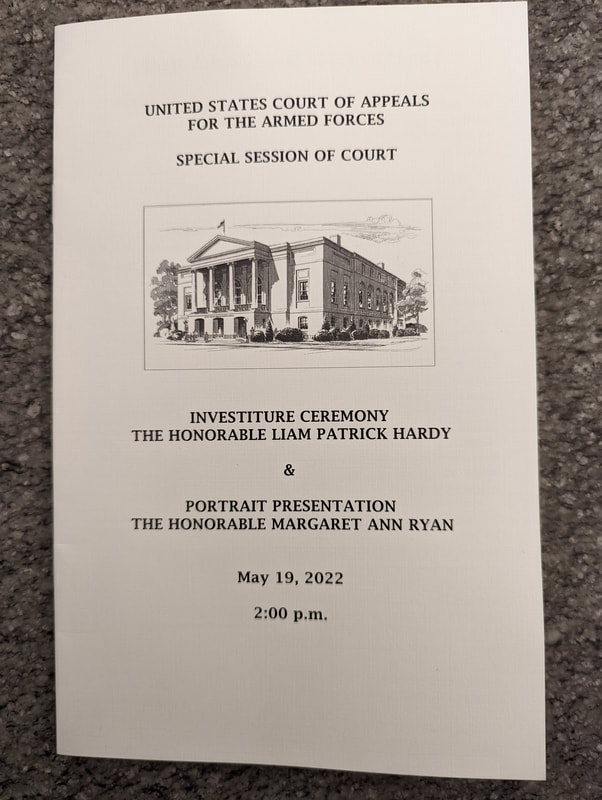
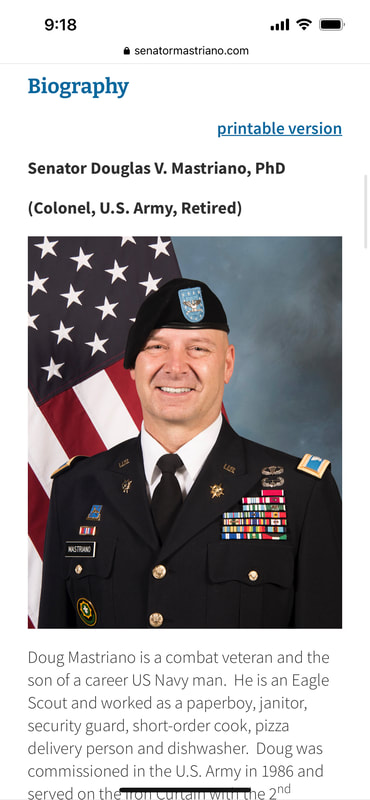
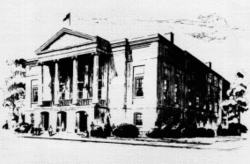
 RSS Feed
RSS Feed